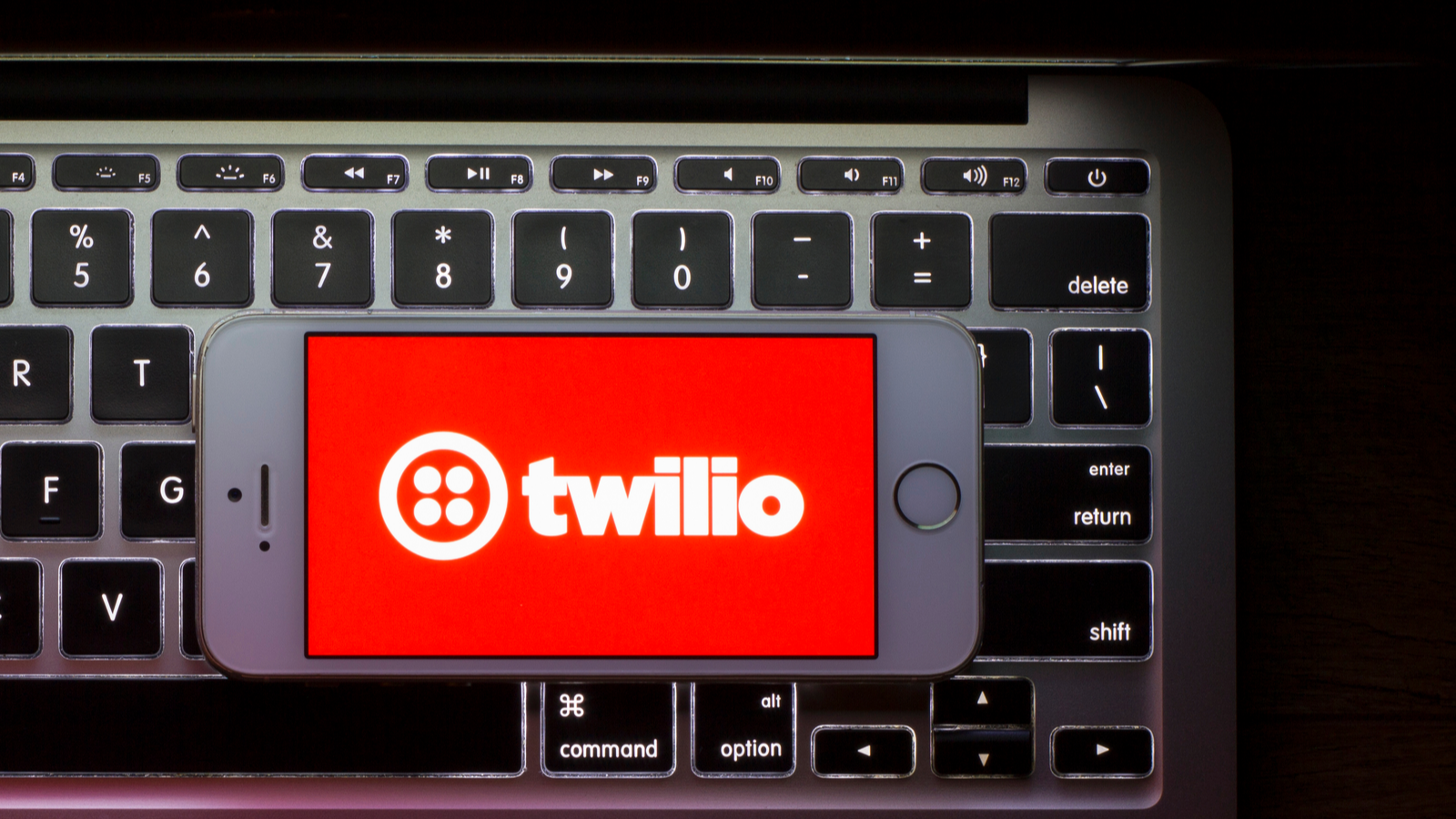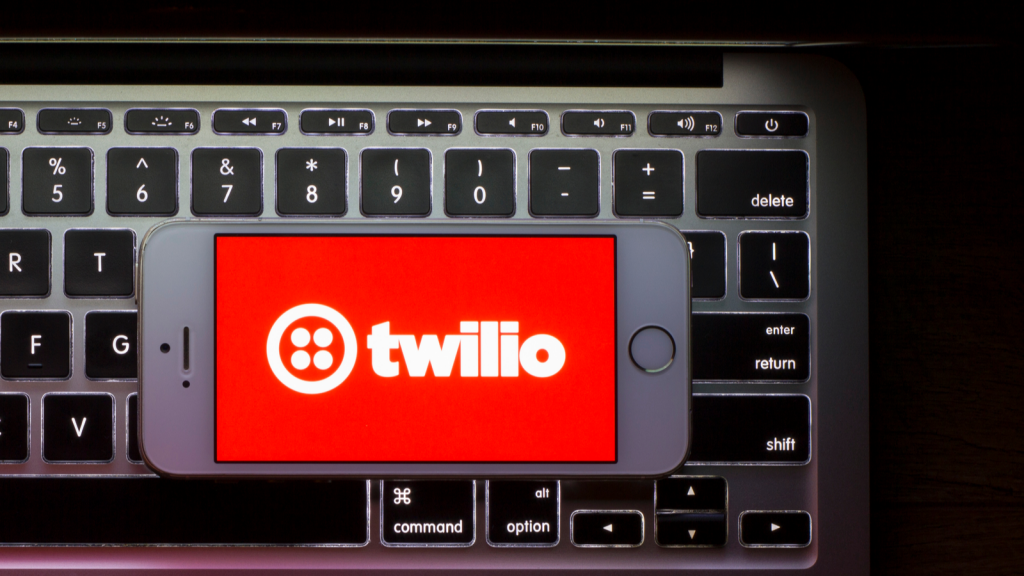- Twilio (TWLO) stock building its moat
- Quarterly losses will weigh against the stock price
- Own only a small position as risks rise

Now that Twilio (NYSE:TWLO) stock is trading at half its price from 52-week highs, bargain hunters will think the communications firm is on sale. Smart investors with a memory longer than a month will know better. TWLO stock will not rebound until the company overcomes profit challenges. Technology investors are unwilling to buy companies that are losing money.
Twilio may post impressive revenue growth, claiming that growth firms choose to lose money now for profits later. That promise wore thin amid Nasdaq’s recent correction. Instead of relying on market sentiment, investors should wait for Twilio’s sell-off to end.
Quarterly Losses Holding TWLO Stock Back
In the fourth quarter, Twilio posted revenue of $842.7 million, up by 54% year-over-year. Twilio’s Zipwhip contributed $31.8 million in revenue. It acquired the leading provider of toll-free messaging on July 14, 2021. Twilio believed that messaging is the most trusted, effective way to engage customers. It acquired Zipwhip so that its customers may offer more messaging offerings.
Twilio lost $283.6 million on a GAAP basis in the quarter. This is higher than the $185.3 million loss posted last year. Savvy investors will find the company’s stock-based compensation almost doubled from last year. It spent $632.3 million in compensation for the year ended Dec. 31, 2021. Its $2.84 billion in revenue in 2021 is not enough. Research and development accounted for $789.2 million in costs. Sales and marketing cost the company $1.04 billion, double from last year’s levels.
Twilio has a fair score on value and growth. Its quality score of 41/100 is poor.
The company will not earn a higher quality score until its operating margins improve. Its expenses are too high, weighing negatively on its return on investment.
Twilio’s business model is questionable. The communications firm must increase marketing efforts to attract customers. After losing $5.45 a share for the year, Twilio’s path to profitability is many years away.
Twilio’s Moat Explained
At a recent conference hosted by Morgan Stanley, Chief Executive Officer Jeff Lawson said that the customer adoption growth would continue thanks to strong digital experience demand. During the Covid-19 pandemic, businesses needed to substitute bricks-and-mortar solutions with digital solutions. The pandemic forced businesses to adopt a digital communications platform.
Twilio benefited from the accelerated demand from 2020-to 2021. Now that governments are adopting a strategy to live with Covid-19, Twilio’s sales risk slowing.
In the near term, Twilio must foster its growth by helping customers maximize their returns on its digital communications platform. Dubbed Customer Data Platform (CDP), businesses will understand their customer with its implementation. For example, customers will run the e-commerce system and marketing system from the same platform. As a leading CDP provider, Twilio will win new customers faster than the competition.
Bears may argue that Twilio has a small moat. It needs to capture more than around $3 billion in annual revenue from here. The company will need to develop more products its customers need. This will expand its operating margins in the next few years. To increase its addressable market Twilio needs to discover unserved markets and win their business.
High Expenses Paying Off
Twilio’s Chief Financial and Operating Officer, Khozema Shipchandler, said that the company will fund product improvements while incurring higher operating expenses. For example, Twilio Flex, a contact center software, is an enterprise solution and a core infrastructure product. When its enterprise resource planning project goes live in the middle of this year, its growth rate will improve.
Twilio is prioritizing scaling the company first. It believes that realizing efficiency from its cloud operations will lead to long-term growth later. On that basis, investors with a short-term mindset should not consider Twilio shares. Those with a long-term vision may consider establishing a small position at current levels. As shares fall further, accumulate the stock at a lower price to average down the price paid.
This investing strategy is not risk-free. Expenses may grow faster than revenue growth. Furthermore, during a bear market, speculators will not tolerate buying companies that are losing money every quarter.
Own a Small Position Today
Growth investors must ultimately decide which money-losing technology company is worth owning. Twilio is a leader in the cloud-based communications market. The industry will continue to migrate to digital solutions. Twilio will continue to capture market share in 2022.
On the date of publication, Chris Lau did not have (either directly or indirectly) any positions in the securities mentioned in this article. The opinions expressed in this article are those of the writer, subject to the InvestorPlace.com Publishing Guidelines.
